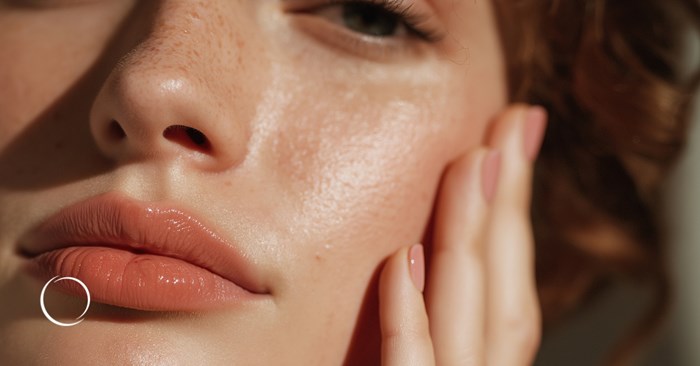Treatments to refresh your skin after summer

Summer fun can take a toll on your skin. The sun can dry your skin, leaving it looking dull and uneven. It can also cause brown spots and tiny spider veins, as well as sagging and wrinkles. With summer coming to an end and the colder weather of fall and winter just around the corner, it's the perfect time to refresh your skin. Not only to get your skin looking fantastic for the fall, but also to prepare it for the coming cold air outside and drying, furnace-blasting air inside.
We reached out to ASPS Member Surgeon Sara Dickie, MD, to learn more about the effects of the sun on the skin and the best treatments to rejuvenate your skin, as well as tips to improve your skin's health in the fall and winter.
ASPS: How does extended summer sun exposure affect the skin?
Dr. Dickie: Sun damage is real. Early sun damage is like a suntan or sunburn. While a sunburn hurts more, a suntan is also evidence that UV rays have triggered your skin to try to protect itself by producing melanin. This is a sign of photodamage. While a tan might fade, the injury to the cells of your skin lasts a lifetime. The effects of UV rays can affect the DNA of our cells, the way the cell repairs itself from all kinds of damage and can trigger skin cancers like squamous cell carcinoma and melanoma.
Long-term sun damage that lasts after the summer exposure shows up as freckling, dark spots, broken capillaries, keratosis or overgrowth of skin that can be rough or wart-like, and sometimes pre-cancerous. The best treatment for sun damage is prevention.
ASPS: Which treatments would you recommend for patients looking to refresh their skin after the summer?
Dr. Dickie: Skin peels – either chemical peels or laser peels – help remove the outer surface of the skin. That exfoliation can help rejuvenate the skin's appearance and remove some superficial pigmentation that can arise from sun exposure.
Light-based therapies like IPL or BBL can help correct skin dyspigmentation at a deeper level and can help reverse signs of sun damage. These treatments need to be done weeks after your last sun exposure. Patients who are suntanned can have overreactions to light-based lasers and can have blistering or hypopigmentation (loss of pigment) that is irregular in appearance. This is why what is referred to as "laser season" is in the fall and winter months, when people are the least sun-exposed.
ASPS: Is there a difference in recovery/downtime between peels and light therapy, like IPL and BBL?
Dr. Dickie: Peels typically have a three- to five-day "downtime" in that the skin peels away, is flaky and wearing makeup can look like it's caked on.
IPL and BBL typically have some redness initially for one to two days and grainy brown spots where there is treated pigment that last for about a week. Those can be covered by makeup.
ASPS: Can you share any skincare tips to help improve skin health as we transition from summer into the colder months?
Dr. Dickie: Using an antioxidant serum can help the skin repair itself and protect itself in the future. Sunscreen still needs to be worn on the face and hands in colder months as UV rays can still cause damage to the skin in cold weather. Moisturizing the skin and protecting it from drier and cooler air is a must.
To find a qualified plastic surgeon for any cosmetic or reconstructive procedure, consult a member of the American Society of Plastic Surgeons. All ASPS members are board certified by the American Board of Plastic Surgery, have completed an accredited plastic surgery training program, practice in accredited facilities and follow strict standards of safety and ethics. Find an ASPS member in your area.
